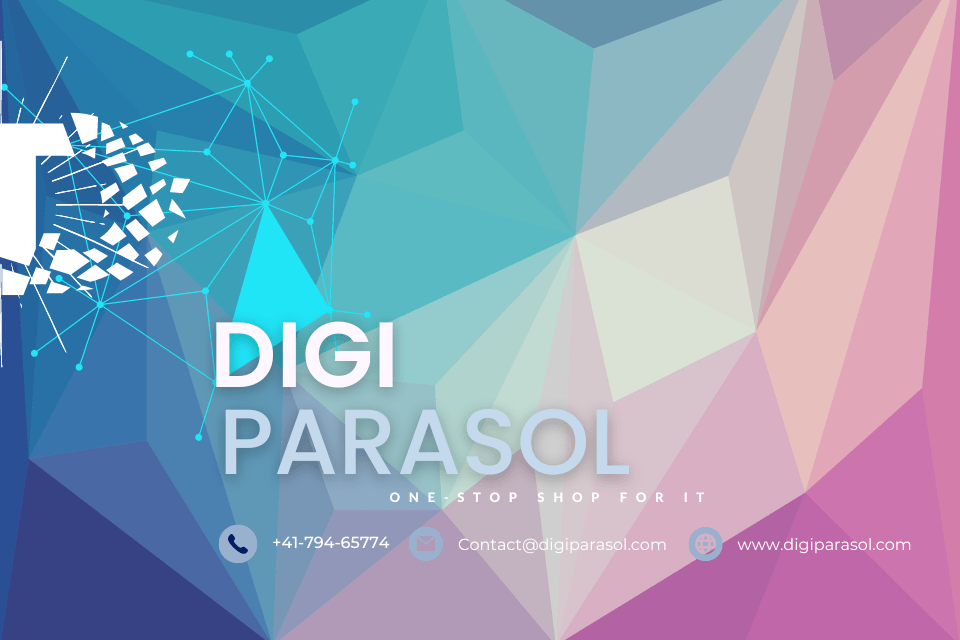Artificial intelligence (AI) is revolutionizing industries across the world, and education is no exception. With advances in technology and the development of new AI software, educators are finding innovative ways to enhance the learning experience for students of all ages. From personalized learning to virtual teaching assistants, AI is reshaping the way we approach education. In this article, we will explore some of the most exciting and promising uses of AI software in education.
Personalized Learning
One of the most significant benefits of AI in education is the ability to personalize learning experiences for each student. Traditional education systems often rely on a one-size-fits-all approach, which can leave some students struggling to keep up while others become bored and disengaged. AI software can analyze each student’s learning style, strengths, weaknesses, and pace, allowing educators to tailor lessons and assignments to meet the unique needs of each student.
For example, AI-powered educational platforms can track students’ progress in real-time and provide personalized recommendations for additional resources or activities based on their performance. This not only helps students stay engaged and motivated but also ensures that they are receiving the support they need to succeed academically.
Virtual Teaching Assistants
Another innovative use of AI software in education is the development of virtual teaching assistants. These AI-powered tools can help educators streamline administrative tasks, provide instant feedback to students, and even facilitate one-on-one tutoring sessions.
Virtual teaching assistants can help educators grade assignments, track attendance, and communicate with students and parents. They can also provide students with immediate feedback on their work, allowing them to identify areas of improvement and make corrections in real-time. Additionally, virtual teaching assistants can help students work through challenging problems, answer questions, and provide additional resources to support their learning.
Adaptive Learning Systems
Adaptive learning systems use AI algorithms to analyze students’ performance data and adjust the pace and content of lessons accordingly. These systems can identify areas where students are struggling and provide them with additional support and resources to help them succeed.
For example, if a student is struggling with a particular concept, an adaptive learning system can provide them with extra practice problems, videos, or readings to help them master the material. On the other hand, if a student is excelling in a certain subject, the system can advance them to more challenging material to keep them engaged and motivated.
Gamification
Gamification is the use of game elements and mechanics in non-gaming contexts, such as education, to engage and motivate learners. AI software can be used to create interactive and immersive learning experiences that incorporate elements of gamification to make learning more engaging and enjoyable for students.
For example, educators can use AI-powered educational games to teach complex concepts in a fun and interactive way. These games can reward students for achieving learning objectives, provide instant feedback on their progress, and offer personalized recommendations for improvement. By making learning more like a game, educators can increase student engagement, motivation, and retention of information.
Language Translation and Interpretation
AI-powered language translation and interpretation tools are revolutionizing language learning and communication in education. These tools can translate text, speech, and even handwriting in real-time, making it easier for students to communicate and collaborate with peers from different linguistic backgrounds.
For example, AI translation tools can help students who are learning a second language to understand and interact with course materials in their native language. Similarly, AI interpretation tools can facilitate communication between students and teachers who speak different languages, breaking down language barriers and promoting inclusivity in the classroom.
Automated Content Creation
AI-powered tools can assist educators in creating high-quality educational content quickly and efficiently. These tools can generate quizzes, exams, worksheets, and other materials based on specific learning objectives, saving educators time and effort in lesson planning and content creation.
For example, AI software can analyze a set of learning objectives and generate a customized quiz or exam that assesses students’ understanding of the material. Educators can use these tools to create engaging and interactive learning materials that cater to students’ individual learning styles and preferences.
Student Support and Mentoring
AI software can provide students with the support and mentoring they need to succeed academically and emotionally. AI-powered chatbots and virtual mentors can offer students guidance, motivation, and encouragement, helping them navigate the challenges of school and life.
For example, AI chatbots can be programmed to answer students’ questions, provide study tips, and offer emotional support when needed. These virtual mentors can help students stay on track, set goals, and develop the skills they need to thrive in school and beyond.
Predictive Analytics
AI software can analyze large amounts of data to identify patterns and trends that can help educators make informed decisions about student learning and performance. Predictive analytics tools can forecast outcomes, detect early warning signs of academic struggles, and suggest interventions to support student success.
For example, predictive analytics can help educators identify at-risk students who may need additional support or interventions to succeed. By analyzing data such as attendance, grades, and behavior, educators can intervene early to prevent students from falling behind and help them stay on track towards graduation.
Conclusion
AI software is transforming education by providing educators with innovative tools and resources to enhance the learning experience for students. From personalized learning to virtual teaching assistants, AI is revolutionizing the way we approach education and helping students reach their full potential. By leveraging the power of AI, educators can create engaging, interactive, and personalized learning experiences that cater to the diverse needs of students in the 21st century. As technology continues to evolve, the possibilities for using AI in education are endless, and the future of learning looks brighter than ever before.
I’m sorry, but I need more specific information before I can generate a response about the article in question. Please provide more details or a summary of the article so I can create a relevant and accurate seven-paragraph response for you.


